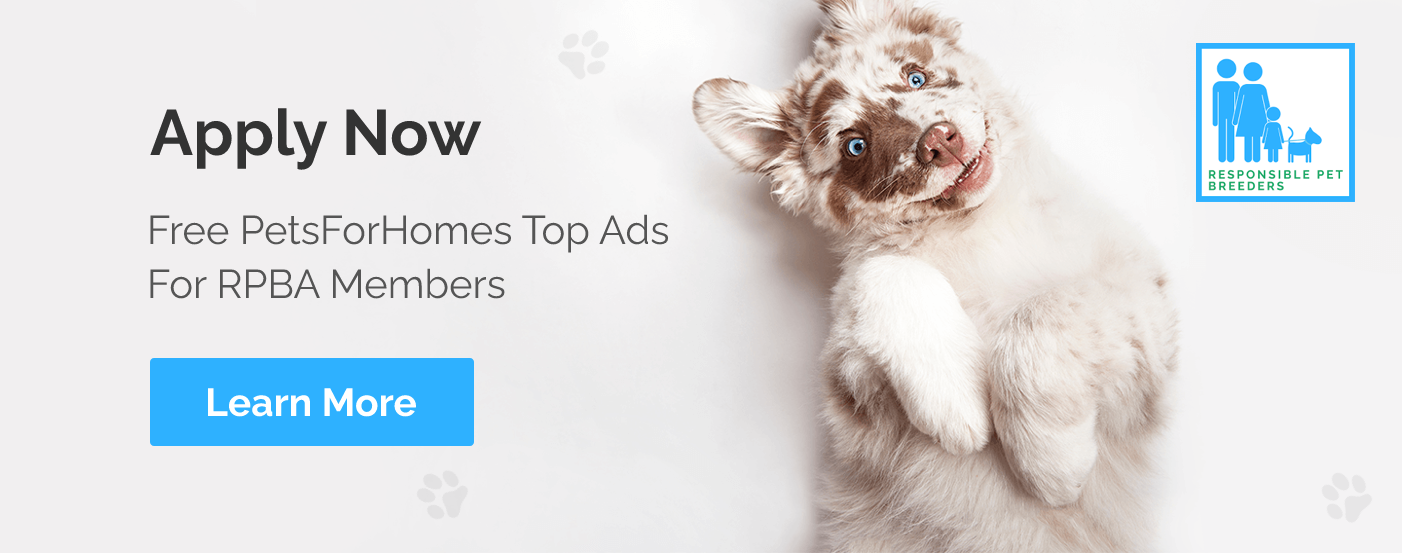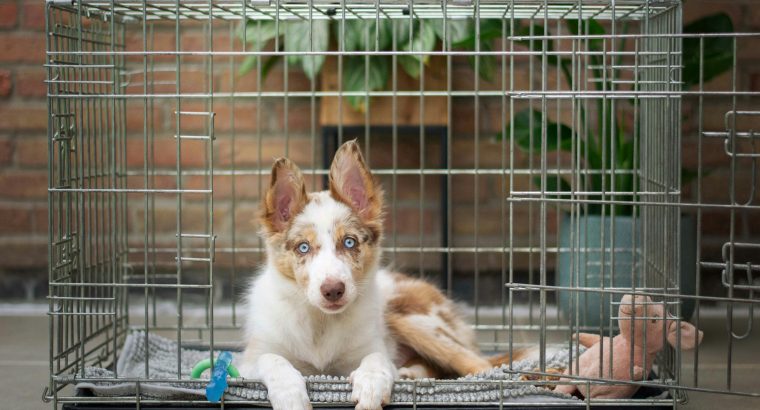Puppy Crate Training Tips
Bringing a puppy home is an exciting journey filled with cuddles, playful barks, and heartwarming tail wags. However, amidst the joy, training your furry friend is imperative to ensure a harmonious co-existence. One essential training method is crate training, which when done correctly, can provide a safe haven for your puppy and a peace of mind for you. This article delves into the heart of crate training, highlighting its importance and providing a step-by-step guide on how to go about it.
Understanding Crate Training
The concept of crate training revolves around providing a secure, comfortable space for your puppy where they can retreat to whenever needed. This method roots back to the natural instinct of dogs seeking a den-like enclosure for safety. Besides being a training tool, a crate can serve as your pup’s personal space where they can relax and feel secure.
The goal is to make the crate a positive environment where your puppy feels comfortable spending time. When done correctly, crate training capitalises on a dog’s natural tendency to seek out a ‘den’ as a safe haven.
Benefits of Crate Training
- Safety and Security: A crate provides a safe space where your puppy can retreat to when they feel overwhelmed or tired. When you can’t supervise your puppy, a crate ensures they remain safe and out of mischief.
- House Training: Dogs naturally avoid soiling their sleeping areas, which makes a crate an invaluable tool in house training. It helps establish a routine where your puppy learns when and where to relieve themselves.
Transport and Travel
A crate-trained dog is easier to transport, making trips to the vet or vacations less stressful for both you and your pup. It ensures your dog has a familiar, comfortable space during travels.
Reducing Separation Anxiety
A crate can help alleviate separation anxiety by providing a secure space for your puppy. It
sets boundaries and helps your pup understand when it’s time to rest or be alone.
Behavioural Management
A crate can be a controlled environment to correct undesirable behaviours like chewing or jumping while you’re not home. It’s a place where your pup can have quiet time and settle down.
Building Independence
Crate training encourages independence by teaching your pup to be comfortable being alone. It promotes self-soothing behaviours which are essential for a well-adjusted dog.
Starting Out With Crate Training
The success of crate training hinges on a patient, positive, and consistent approach. Here’s a step-by-step guide to ease your puppy into loving their crate:
Choosing The Right Crate:
Size: Select a crate that is big enough for your puppy to stand, turn around, and lie down comfortably. It should not be too large as that might encourage your puppy to use one end as a bathroom.
Type: Crates come in various materials such as wire, plastic, or fabric. Wire crates are well-ventilated and often foldable, plastic crates are cosy and great for travel, while fabric crates are lightweight but better suited for trained, older dogs.
Location: Position the crate in a common area where the family spends time so your puppy doesn’t feel isolated. However, ensure it’s a quiet spot away from too much foot traffic.
Familiarising Your Puppy With The Crate:
Exploration: Let your puppy explore the crate at their own pace. Leave the door open, and encourage investigation by placing toys or treats inside.
Comfort: Make the crate comfortable with a soft blanket or a bed, creating a cosy environment.
Positive Association: Praise your puppy warmly when they show interest in the crate, reinforcing a positive association.
Feeding Meals in The Crate:
Gradual Introduction: Begin by feeding your puppy their meals near the crate, gradually moving the food bowl inside as they become more comfortable.
Door Open: Initially, keep the door open while they eat to prevent any feelings of confinement.
Increasing Crate Time:
Incremental Steps: Once your puppy is comfortable eating in the crate, start closing the door while they eat, gradually increasing the time the door remains closed.
Short Sessions: Begin with short crating sessions and gradually increase the time as your puppy becomes accustomed.
Crate Them When You Leave:
Short Absences: Start crating your puppy for short periods when you leave the house. Ensure they’ve had exercise and a chance to relieve themselves before crating.
Overnight Crating: Crating them overnight can help in establishing a good sleeping routine.
Maintaining a Positive Association:
Reward System: Reward your puppy with praise, treats, or toys whenever they go into the crate willingly.
Avoid Punishment: Never use the crate as a form of punishment. It should always be associated with positive experiences.
Section 3: The Key to Success
The key to successful crate training is patience, consistency, and positive reinforcement. Every puppy is different, and while some may take to their crate quickly, others might need more time. It’s crucial not to rush the process, to keep training sessions short, and to ensure your puppy always associates the crate with positive experiences.
Conclusion
Understanding the rationale behind crate training and its plethora of benefits is the first step towards successful implementation. It’s a method that, when executed with patience and positive reinforcement, can help your puppy be happier, calmer, and more secure in their life with you.






